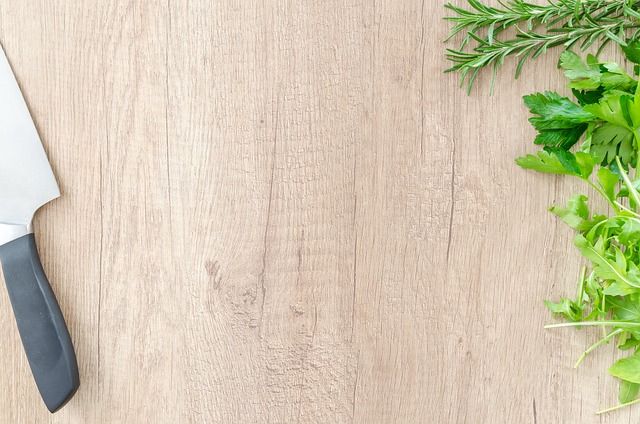
If you have hesitated to try working with wood because it seems hard, you need to think again. If you have the knowledge, you can make something out of wood. You just need the proper tools and a willingness to learn. This piece offers just the tips you need to begin your woodworking career.
If you’re working on a woodworking project that calls for stain, always stir the stain first. The ingredients in these can settle over time. Shaking the product is likely to lead to a frothy mix that still isn’t properly mixed. Make sure that you stir it thoroughly until the sediments are smoothed out and blended evenly.
If you plan to use stain, test it on a small scrap of wood first. If you test the stain color first, you will not have any unpleasant surprises. Wood can be unpredictable, so you can avoid mistakes and disappointment by doing this simple test.
Tin Snips
Use tin snips to trim laminate for your projects. Tin snips allow you to quickly and effortless cut the laminate into a usable size. Buying tin snaps is a ideal when cutting laminate and it also keeps it sharp.
Be aware of the different kinds of characteristics of the wood you are working with, before you choose it for project where staining is involved. For instance, if a wood is paint grade, it’s probably not quality wood. Stain grade means the wood’s grain pattern makes it great for staining. Also realize that veneer and particleboard are different. Particleboard will absorb too much stain, veneer might not absorb enough. Choosing the right wood turns your project into a success.
Stair gauges can be used as crosscut guides. Clamp them on the carpenter’s square. Mark your notches. If you place them on the tongue you’re using for your carpenter square, that combo is a good crosscut guide for your circular saw.
Know your wood. Every kind of wood will be different to work with. Staining has different effects, depending on the kind of wood you use. Different cuts will also splinter differently. There will also be a wide range of grains. All of these characteristics factor into your woodworking projects.
You want to be sure that you have the right size nails for your project. Nails that are too big can split the wood. A nail that isn’t big enough won’t keep the wood together. You should know what size you need to get the job done.
Add some springiness to your grip. A spring clamp may be useful sometimes, but only if you can use more than one hand. These clamps may be difficult to open with one hand. You can make it easier though. Prior to starting a glue-up, be sure to arrange all necessary clamps on a piece of scrap wood first. That allows you to pop them off and use them with one hand.
Know what a wood’s characteristics are prior to staining it when you’re working on a project. Wood designated as “paint grade” is lower in quality and not suitable for staining. Veneer and particleboard are different too. Veneer doesn’t absorb stain and particleboard absorbs more. Choosing the correct piece of wood helps turn the project you work into something special.
Look for free wood sources. Some businesses toss out old pallets and wood scraps they do not need anymore. Look online and you can find a million uses for old wooden pallets. Some people make furniture out of them. Be thrifty.
If woodworking is new to you, it pays to carefully read plans prior to starting projects. Be sure you understand them through and through. If there is anything that you don’t understand, see if anyone at your local home improvement store can help you.
Now you are more knowledgeable about woodworking. Use this knowledge to hone your skills and complete rewarding projects. With continued learning and practice, you’re going to get better and better. Take the things here and memorize them, and things will be simple. Enjoy yourself!
Add some springiness to your grip. You might need the extra spring when you already have your hands full. These are tough to open up with a single hand. There is a solution for this problem. Make sure that all of your clamps are in the proper location before starting. This will help you to maximize your efficiency while cutting.